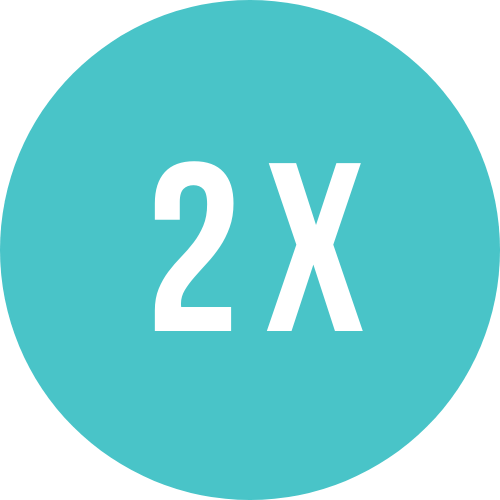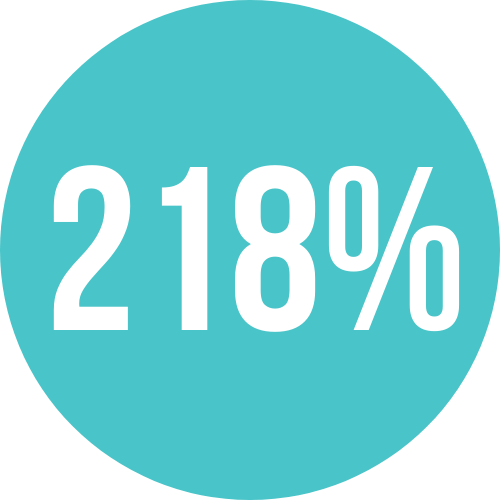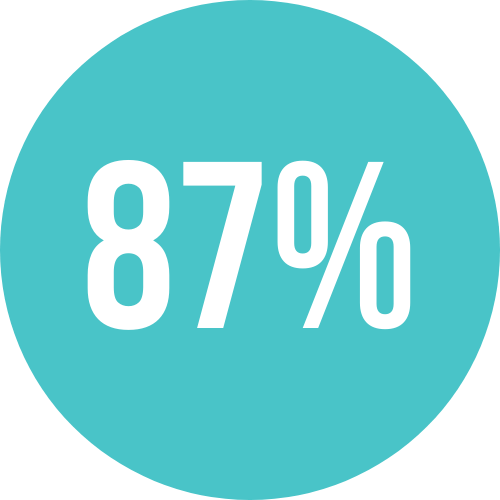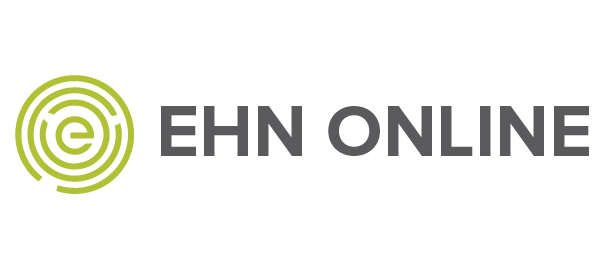
3 simple steps to support your company’s mental health initiatives
The overall health and success of a workplace relies on both the physical and psychological well-being of its employees. By supporting a healthy and informed environment at work, organizations can set themselves up for success. According to the World Health Organization, the estimated cost to the global economy as a result of anxiety and depression in the workforce is US$ 1 trillion per year in lost productivity. Organizations can play a strong and effective role in promoting positive mental health in the workplace, “for every $1 put into scaled up treatment for common mental disorders, there is a return of $4 in improved health and productivity.” [1]
Providing mental health services to employees results in increased productivity and retention, and a decrease in healthcare costs. But with a wide variety of mental health services becoming more available to the public, how can you determine which solution will be the most effective for your employees and your business?
Supporting mental health in the workplace – the bottom line
EHN Online has created intensive virtual programs for individuals struggling with mental health and/or addictions. The virtual and flexible nature of the programs allows for patients to continue to work while they access treatment that is intensive enough to create lasting results. With high completion rates and a clear return on investment, intensive outpatient programs can help reduce common costs such as absenteeism and turnover. [2]

Canadian workers miss work every week as a result of poor mental health [2] |

On average, leaves due to mental illness are roughly double the cost of leaves due to physical illness [3] |

Average return on investment in company mental health initiatives after three years [2] |

Completion rate for EHN Online’s Intensive Outpatient Program |
By setting your employees up for success with their mental health, they will thrive personally and professionally. After all, a company is only as healthy as its employees.
3 steps to supporting mental health and addiction at work
An important component to an organizational mental health strategy is offering readily available external therapy and rehabilitation to employees. By identifying a need within your company, and determining the best solution for recovery, you can set up your employees and company for success. It is important to recognize that mental health does not come with a one-size-fits-all formula. The best way to ensure that your employees are accessing the necessary resources to improve their mental health is to identify where their needs lie, and how to best address them.
Step 1: Recognize your employee’s struggles and needs
Do you know how to recognize the signs that your employee’s mental health symptoms are increasing? Mental health resides on a spectrum, and identifying where an employee (or an aggregate of employees) stand is a great first step to knowing how you can best help them. Start by looking at the following chart to consider the types of symptoms, the severity and the frequency in which these may be displayed at work.
| Mild Symptoms | Moderate Symptoms | Severe Symptoms | |
| Function | Functioning at work | Developed functioning at work and outside of work; absenteeism; presenteeism; increased sick days | Low functioning at work or not working |
| Intensity | Mental health symptoms triggered by an event or a situation (work stress, death, divorce, etc.) | More frequent and intense mental health episodes | Chronic mental health conditions |
| Use of Services | Accessing support services for the first time or again after a break | Has accessed or is accessing individual counsellor or digital solutions, but requires more intense and/or more frequent treatment | Has accessed intensive mental health support and requires a day program or residential care |
Step 2: Know your options for offering mental health support
Now that we understand that mental health is a spectrum, it is clear that different approaches need to be taken to experience optimal results for each severity classification. The chart below is a non-exhaustive list of potential solutions that best suit different severities.
| Mild symptoms | Moderate Symptoms | Severe Symptoms | |
| Service options |
|
Combination individual and group therapy program with corresponding digital component (Intensive Outpatient Programs) |
|
Step 3: Identify the most effective treatment
Making the right choice for treatment can significantly affect your ROI. If your offering matches the needs of your company, you will see more success from treatments and increased productivity at work. Intensive Outpatient Programs at EHN Online allows employees to get treatment that fits into their home and work lives.
By offering a combination of individual and group therapy with evening and daytime options, an IOP can:
- reduce the cost of treatment
- improve outcomes
- achieve higher completion rates and;
- help patients maintain long term progress.
What is Intensive Outpatient Therapy?
Intensive outpatient programs (IOPs) at EHN Online are eight weeks of intensive treatment, four times a week, with both individual and group therapy. For ten months following treatment, patients participate in aftercare, with one virtual group meeting per week and access to the outpatient app, Wagon. This allows patients to track daily progress, achieve their goals, and better communicate with their counsellor. Our in-house clinical team ensures full cohesion across the network, so designated counsellors can join their patients throughout their entire journey to recovery. For corporate and healthcare referrals, our client care specialist is dedicated to ensuring that all reporting requirements are met and open communication exists.
Virtual and intensive therapy offers more structure than individual therapy or wellness apps, and more flexibility than in-person rehabilitation. This allows employees to immediately practice and be held accountable for using the skills learned in therapy to cope and stay at work while they heal. With specialized streams for a variety of disorders, family workshops, a corresponding app with clinically integrated content, and access to registered mental health professionals who are trained in effective online therapy, EHN Online’s IOPs are a high-ROI approach to achieving company workplace health goals.
Finding success with IOPs
EHN Online’s IOPs for mental health, addiction and workplace trauma are accessible solutions with proven results. Referring an employee to an IOP can help you to continue supporting both your employees and your business.
“We’ve appreciated the high quality of service and the skilfulness of the clinicians to manage complex clients struggling with addictions and mood and anxiety disorders.” – Public mental health service provider
“Bob (EHN Online clinician) supported our client who has struggled in the past to connect with and get treatment from various other providers.” – Law enforcement partner
“EHN has been responsive to our requests to create a treatment schedule that best suits our clients.” – Insurance provider partner
Getting started
Taking the time to research and understand your options for providing comprehensive mental health solutions to your staff demonstrates that you value your employees and want to see them thrive alongside your business.
Edgewood Health Network and EHN Online are dedicated to ensuring that every patient has access to a personalized recovery process, a therapeutic community, and ongoing treatment to prevent relapse. Call our referral relations team to learn more about our Intensive Outpatient Programs and how we can help you.
We can help your employees get on the right path to recovery.
Contact us to learn more.
[1] World Health Organization. (n.d.). Mental health in the workplace. https://www.who.int/teams/mental-health-and-substance-use/mental-health-in-the-workplace
[2] Deloitte Insights. (2019). The ROI in workplace mental health programs: Good for people, good for business. Deloitte Touche Tohmatsu Limited. https://www2.deloitte.com/content/dam/Deloitte/ca/Documents/about-deloitte/ca-en-about-blueprint-for-workplace-mental-health-final-aoda.pdf
[3] Dewa, Chau, and Dermer (2010). Examining the comparative incidence and costs of physical and mental health-related disabilities in an employed population. Journal of Occupational and Environmental Medicine, 52: 758-62. Number of disability cases calculated using Statistics Canada employment data, retrieved from http://www40.statcan.ca/l01/cst01/labor21a-eng.htm.
